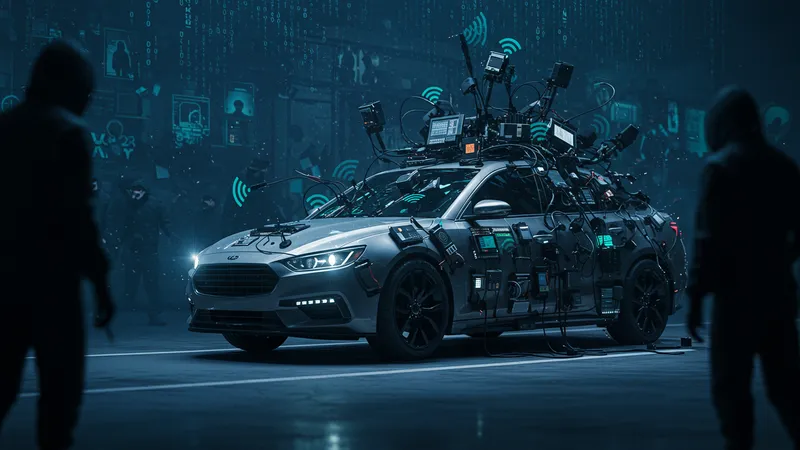
Automotive Cybersecurity: Protecting Vehicles In The Digital Age
When Over-Engineering Backfires
Ever heard of the term over-engineering in automotive security? It refers to unnecessarily complex solutions that could introduce further vulnerabilities. Designed with good intentions, these solutions sometimes create more problems than they solve.

Consider the plethora of sensors and external devices unessentially added to vehicles. The more complex the system, the more entry points for cyber attacks, inadvertently increasing the surface area for hackers to exploit. This phenomenon perplexes manufacturers as they strive to balance innovation and security rigorously.
Technical intricacies also beguile car owners, leading to misuse and reliance on tech rather than precaution. Even simple devices like keyless entry systems have proven susceptible to relaying attacks due to their over-engineered nature. This misuse exacerbates the response needed for effective cybersecurity.
The keyword here is simplicity. Simplifying automotive security systems can minimize potential attack vectors, resulting in safer, more reliable vehicles. But how can this be achieved while retaining the sophisticated functions we love? Let’s examine how minimalistic design principles can offer a safer ride.